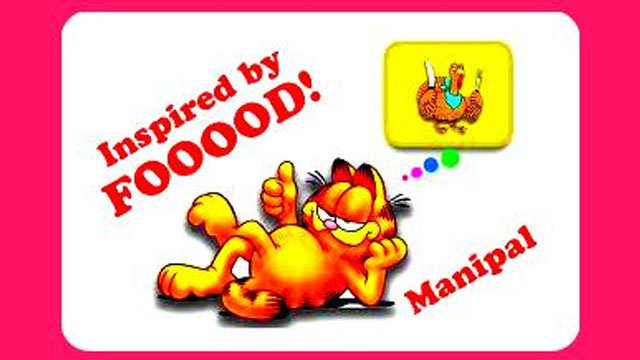Diabetes is one of the major crippling disease in the world. Here’s a list of do’s and don’ts for a person suffering from diabetes.
Diabetes is one of the major crippling disease in the world. According to a survey, the global prevalence of diabetes is estimated to increase from 4 percent in 1995 to 5.4 percent by year 2025. It is calculated that there are approximately 33 million adults suffering from diabetes in India. This number is likely to increase up to 57.2 million by 2025. Diabetes mellitus (DM) is known to India from ancient era. An ayurvedic physician in ancient times, Charaka diagnosed this disease by observing that ants were attracted to a patient’s urine. He named it ‘Madhumeha’. In ayurveda, diabetes is known as ‘Madhumeha Kshaudrameha’ which means excessive urine with a sweet taste. Diabetes is a disease caused by a defective metabolism leading to derangement in the process of body tissue transformation. Various etiological factors related to our life style is mentioned in Ayurvedic text but according to the current study free radicals are one of the important etiological factor for the development of diabetes and its complications. Antioxidant is capable of protection against the damage induced by free radicals and has a role in reducing the effects of diabetes. There are many herbal medicinal plants like fenugreek(Methika), Karela, Gudmar , Babul, Bilva , Davana, Neeam , Jambuetc. with proven antidiabetic and related beneficial effects. A thorough scientific investigation incorporating modern approaches may result in development of new strategies to reduce the ill effects of diabetes especially in India.
Role of diet in diabetes
- Weight control
- Blood glucose control
Dietary recommendations for diabetes
- Eat starchy foods regularly
- Eat more fruit & vegetables
- Reduce animal or saturated fat
- Cut down on sugar
- Reduce salt
Choose more high fibre foods
– To help maintain blood glucose levels and cholesterol levels
– Helps to maintain a healthy gut
High fibre containing foods
- Fruit
- Vegetables
- Pulses
- Oats
- Whole grain cereals
- Whole meal bread
- Whole wheat pasta
- Brown rice
Reduce animal or saturated fat intake
- Use low fat milk
- Use low fat spread instead of butter
- Use oil high in unsaturated fat, eg olive oil, rapeseed oil
Use less fat in cooking
- Grill
- Dry-roast
- Microwave
- Steam
Choose the right sort of fat (mono- unsaturated)
- Olive oil
- Rapeseed oil
- Groundnut oil
Cut down on sugary foods
- Not a sugar free diet
- Cut out sweets
- Cut out sugary drinks
Reduce salt intake
- Cut down on added salt
- Use alternative seasonings
- Look out for reduced/low sodium foods, eg bread
- Avoid salt substitutes





